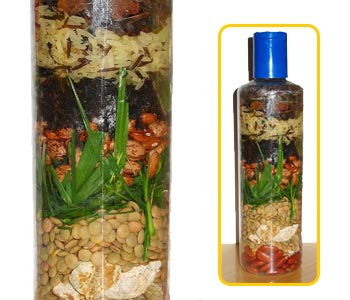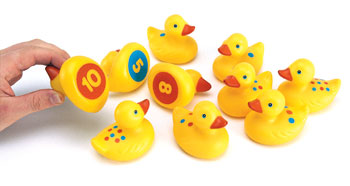Bring pieces of the Earth from your own backyard into your students’ homes with these stylish and esthetic Earth Bottles.
Inspire admiration for earth’s beauty and variety. Improve sensory integration, creativity, fine motor skills, patterning and recycling skills. The beans and rice, as well as the other natural materials offer a variety of colors that can be used to make beautiful art. Create positive and memorable environmental experiences for the students.
Â

Â
You’ll need to recycle clear empty bottles (water bottles work well), one bottle for each student. You’ll need a colorful assortment of natural/neutral colored beans and rice. You should also have funnels available for easy filling and to add a bit of skill building. You might want to have this be a search-and-find activity first, where the children go in search of dirt, rocks, grass, etc.
You may choose to bring this project inside to work on, or leave it an open ended outdoor activity, where the students collect their “ingredients” for the bottles as they fill them, with the beans and rice outside ready to use. I prefer to do this project outdoors to keep it more of a sensory, individual environmental experience for the students. Either way, you’ll need trays, bowls or cups for displaying the rice and beans.
Â
 Take the bottles and layer the bottom with one of the colored rice or beans. Have the children find pieces from their environment to make the next layer – grass, rocks, soil, wood chips, sand, etc. Continue to layer the bottle back and forth – beans/rice, then the earth materials, beans/rice, earth materials, etc. Fill the top compactly so that there isn’t too much room to shake and dismantle the goods. Close the bottle and you’ve got a beautiful piece of earth art!
Â
You can use a funnel to make it fun and easy to fill the bottles, but also pinching the material into the top of the bottles will be a great fine motor skill builder. We try to keep anything man-made out of the bottles. If you can think of any other dried natural goods to use, that’s great, especially in a variety of colors!









